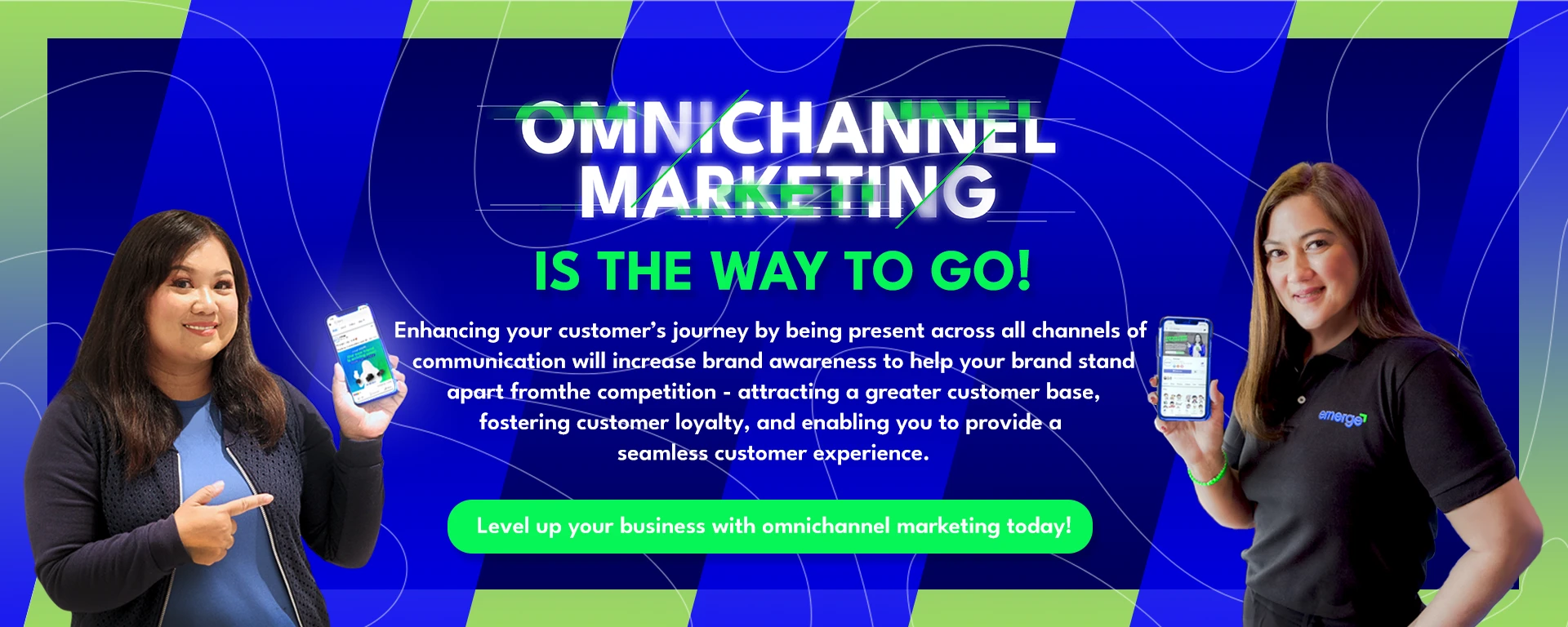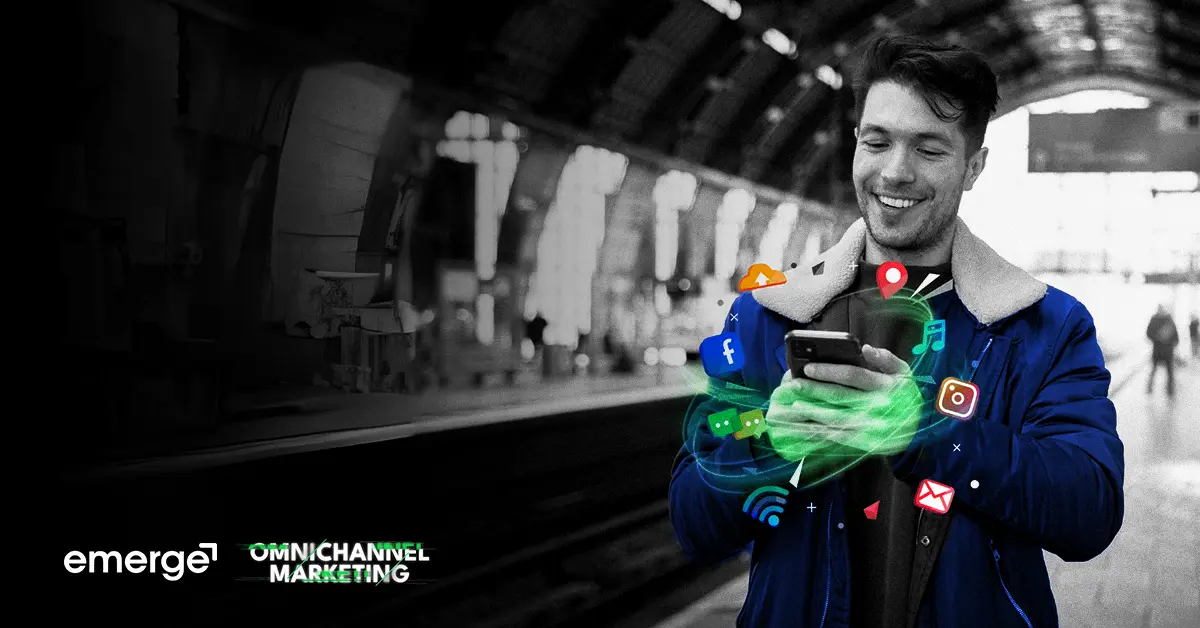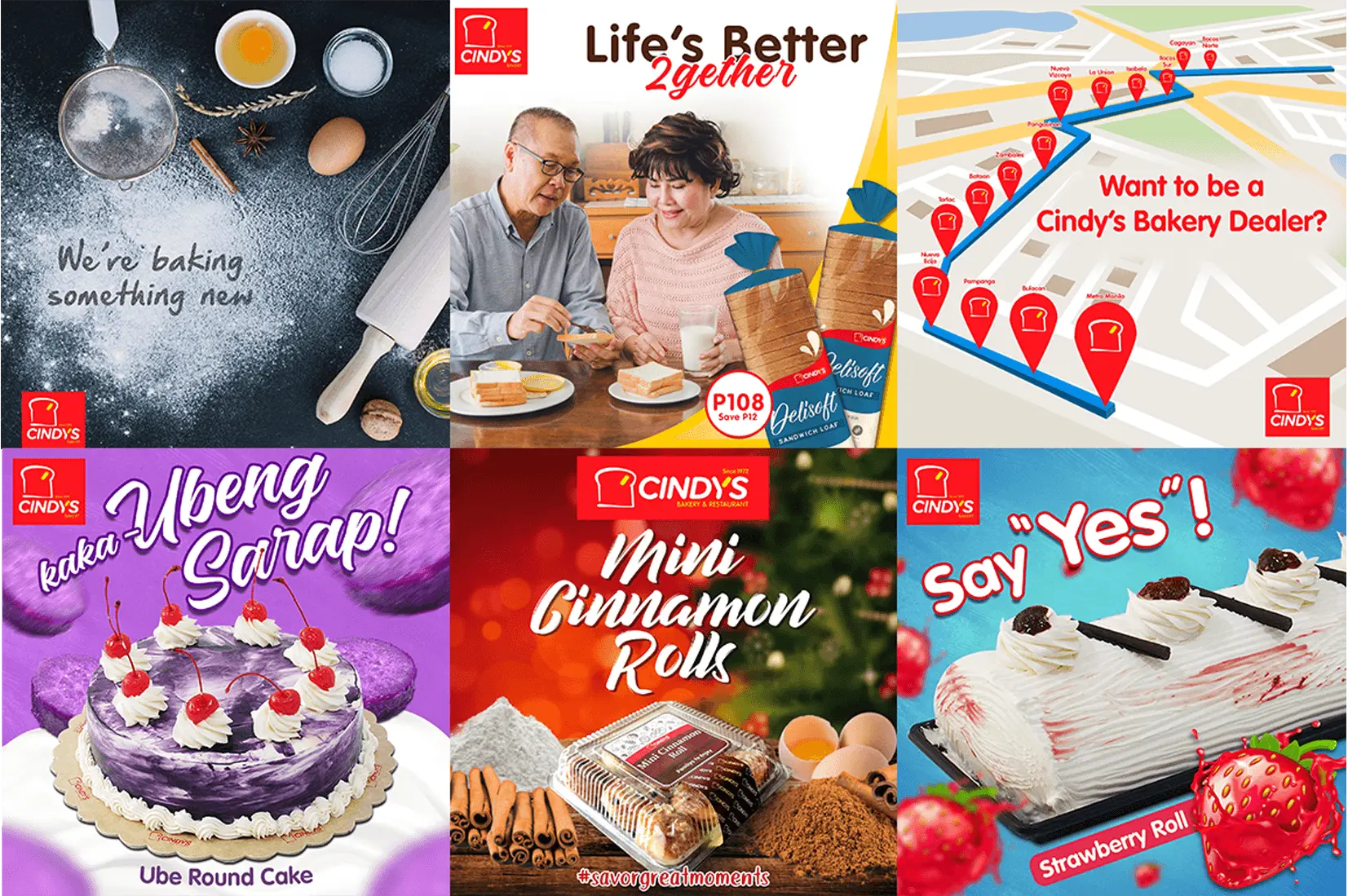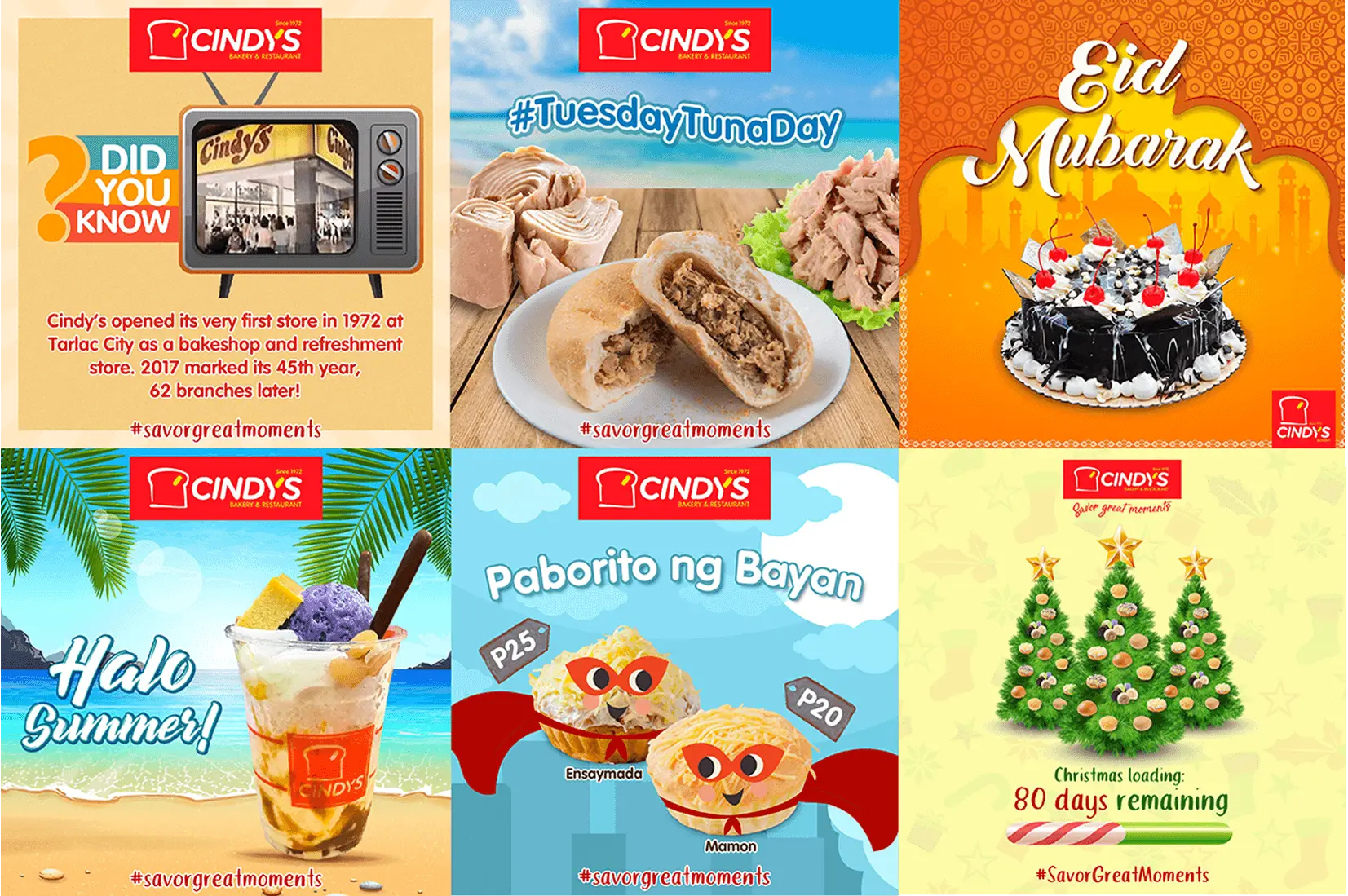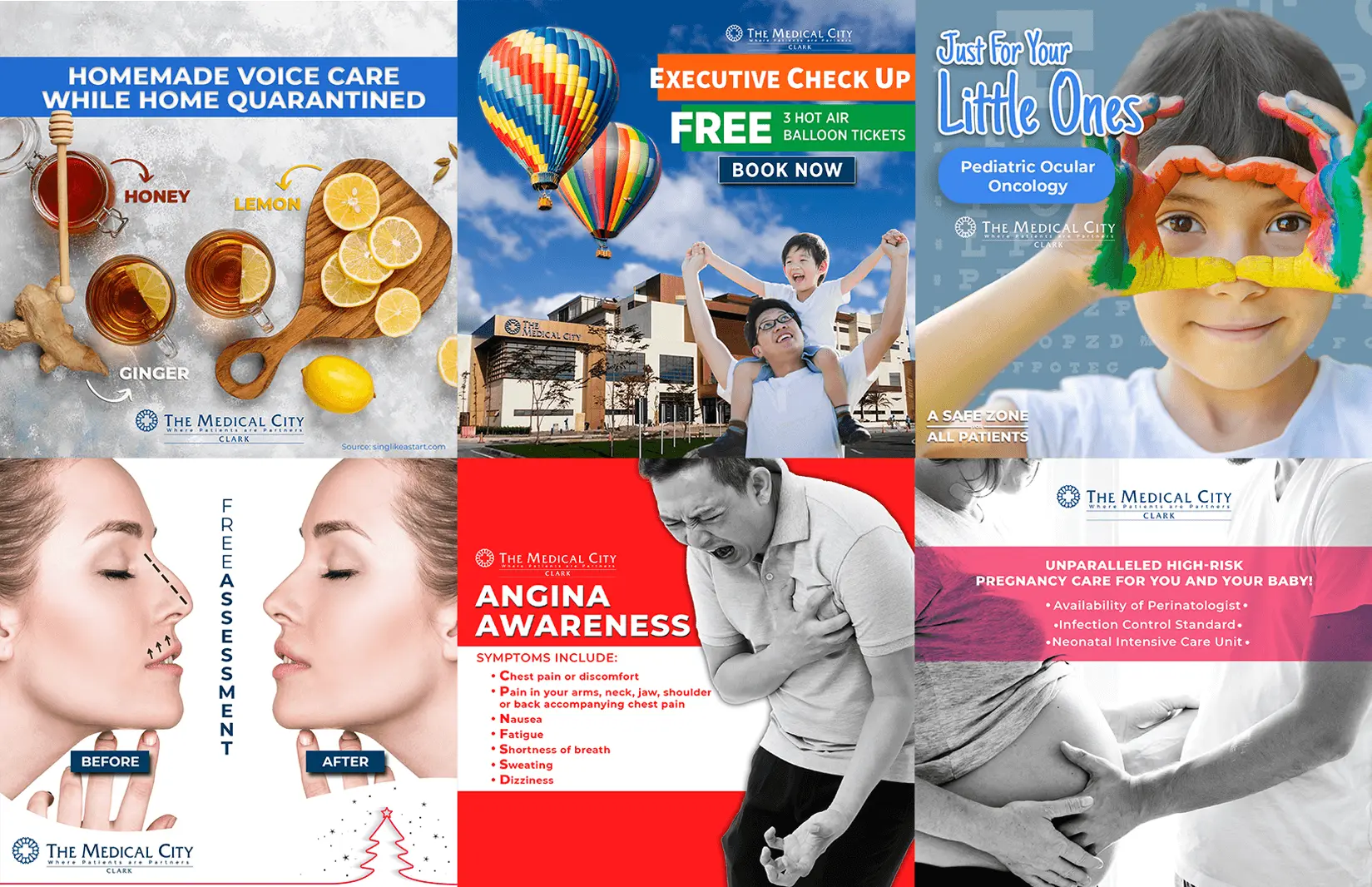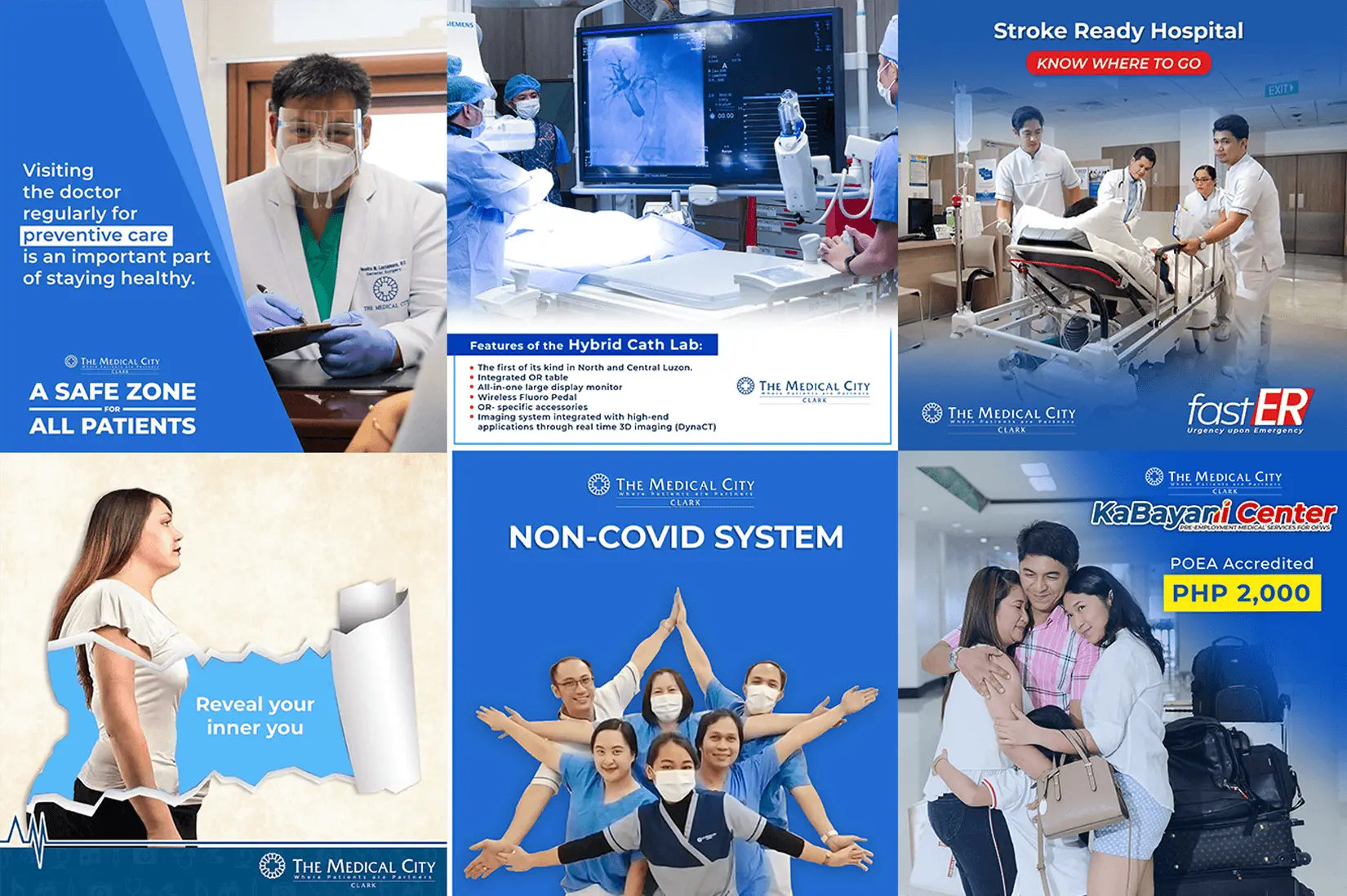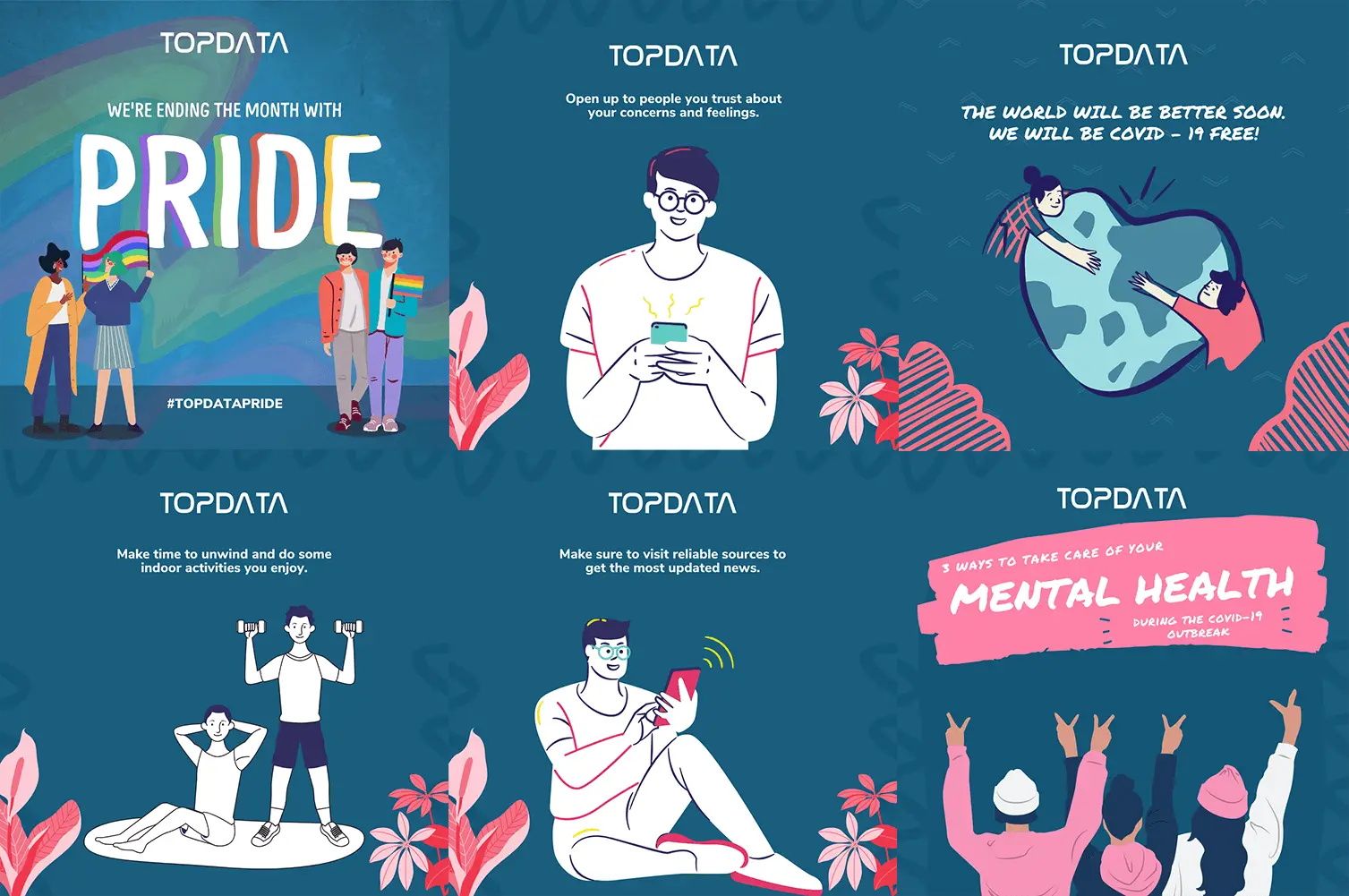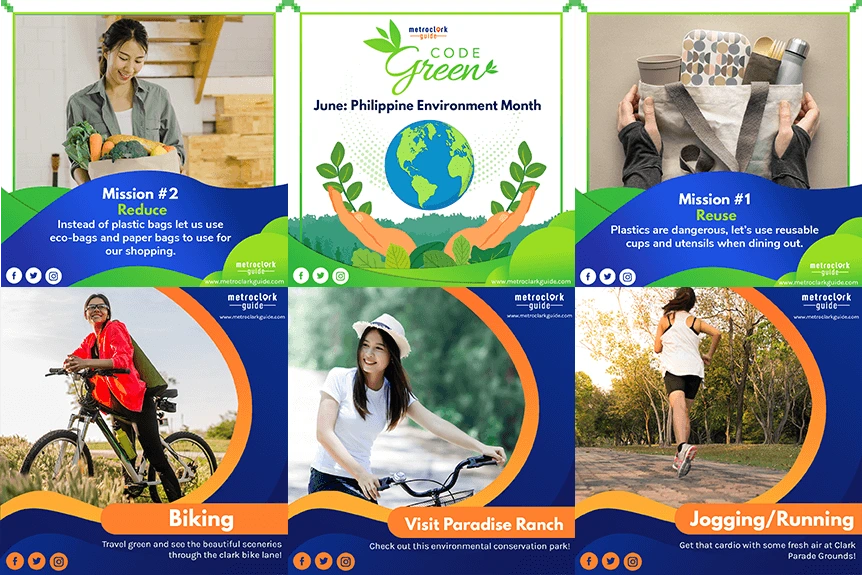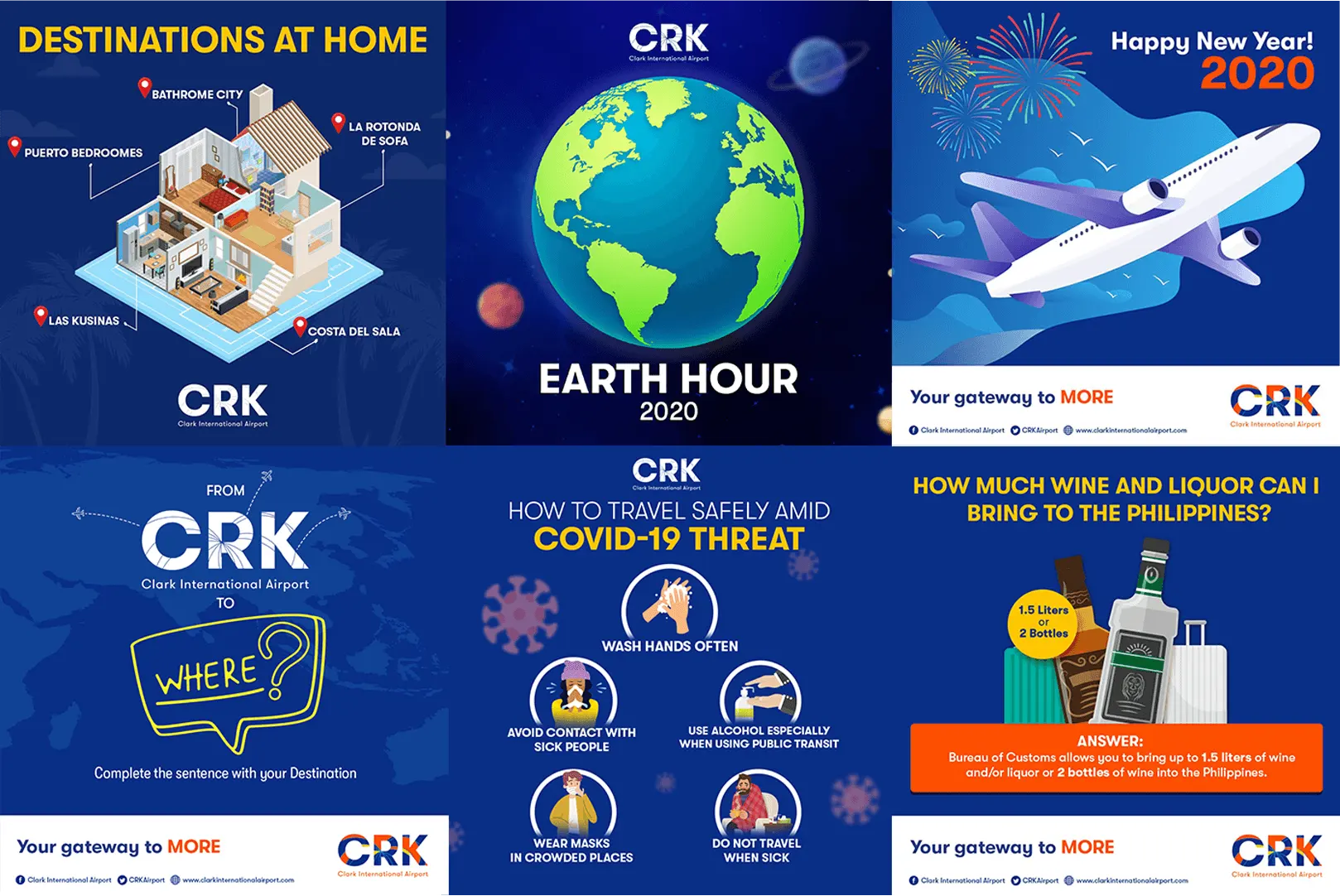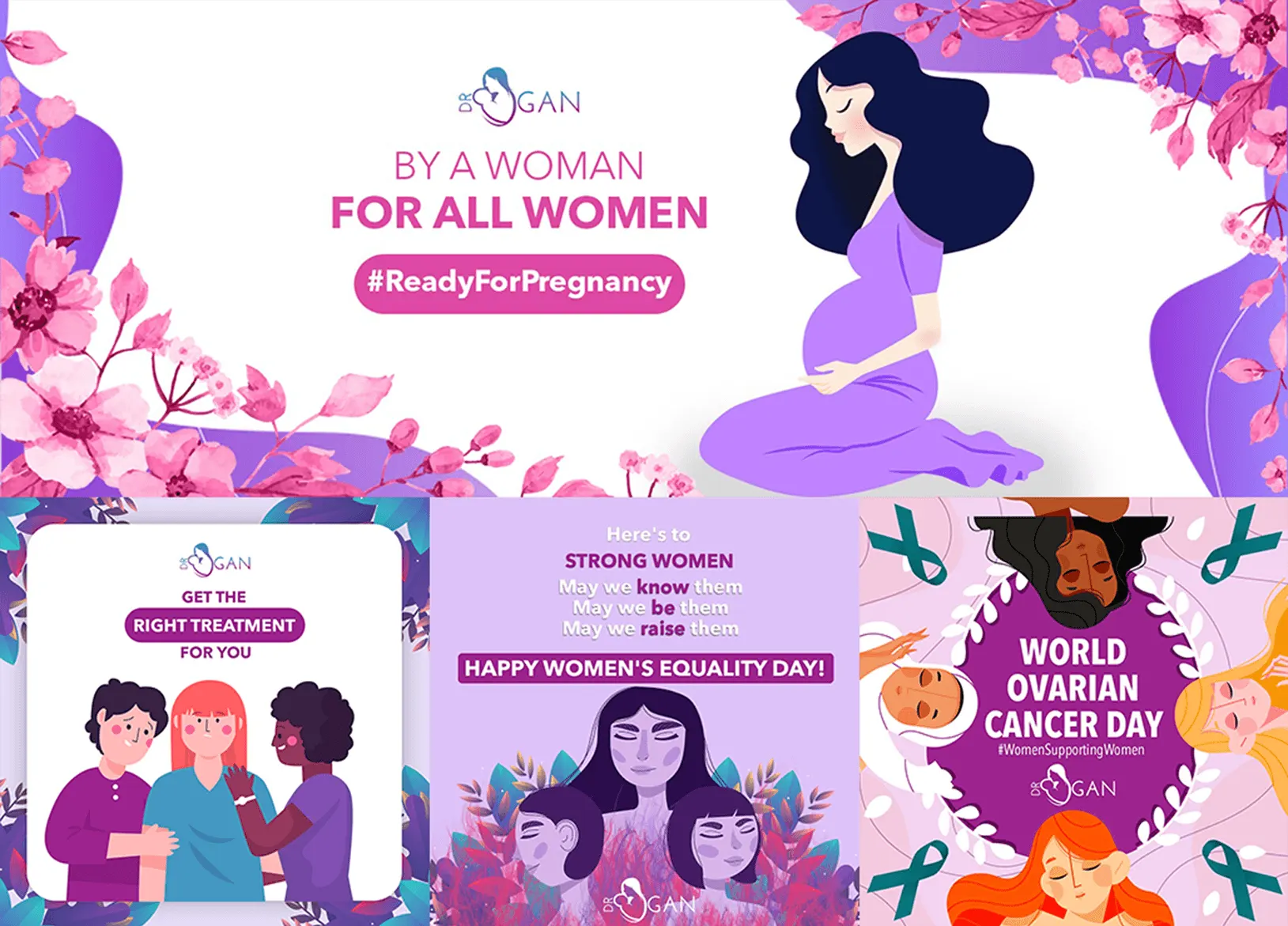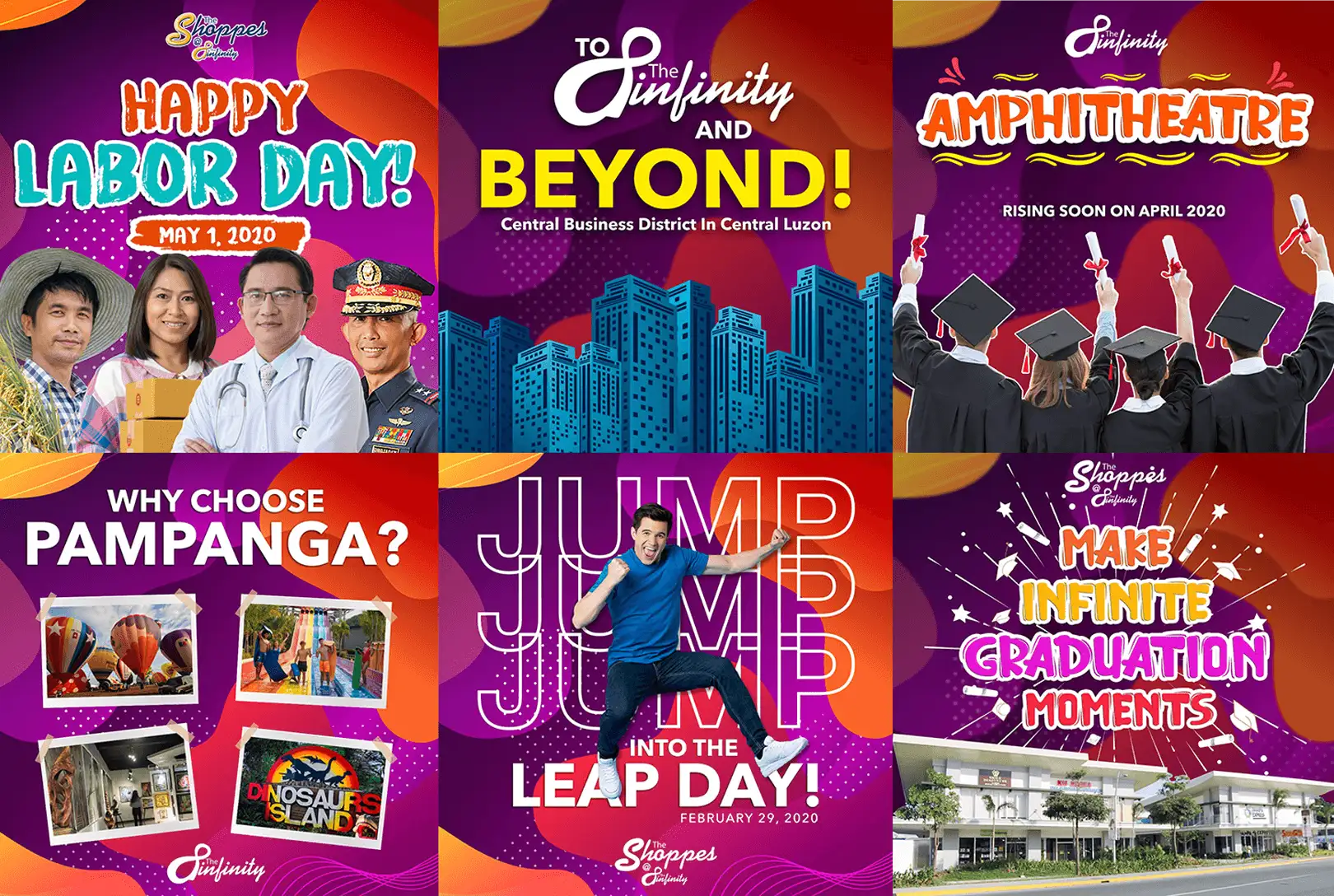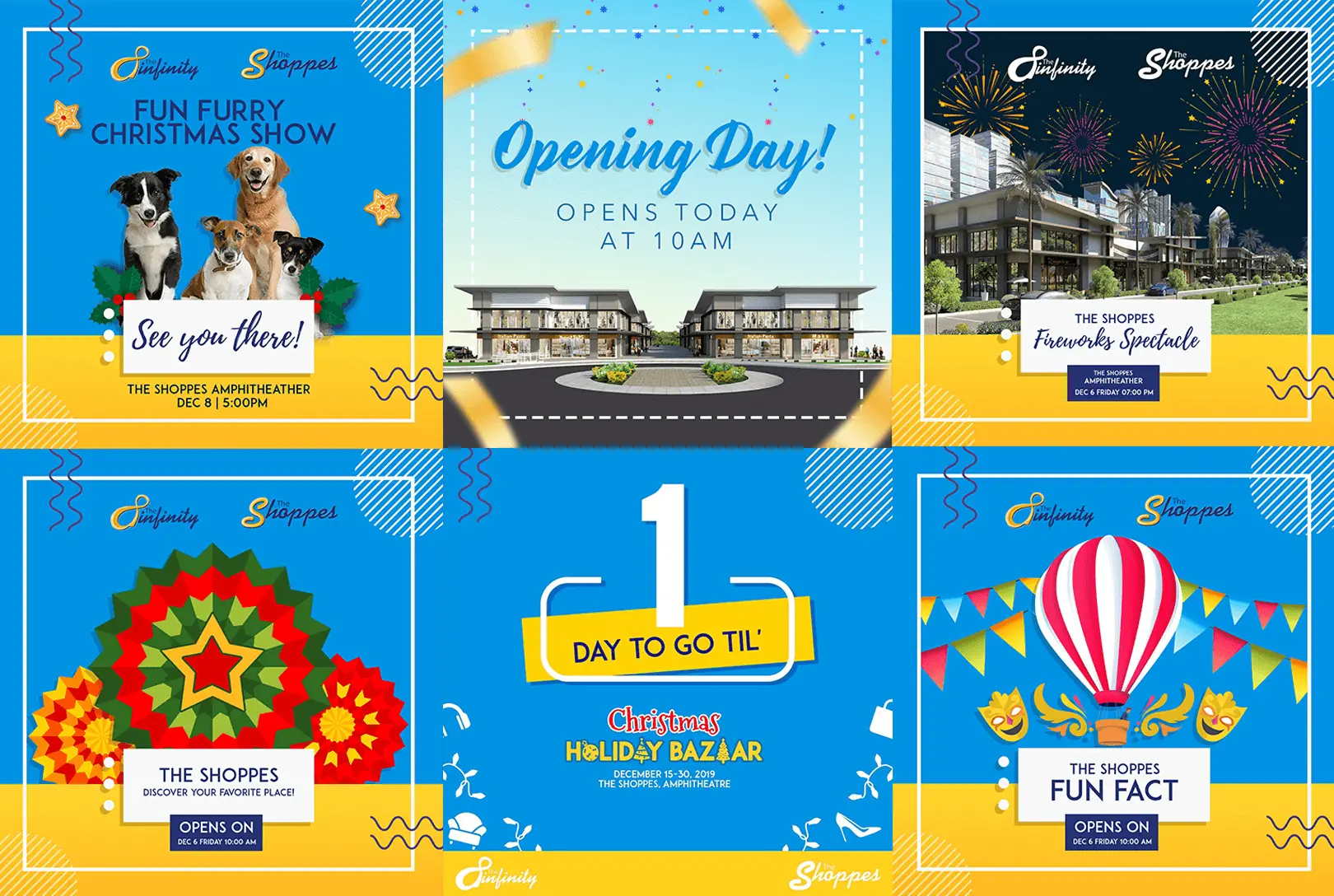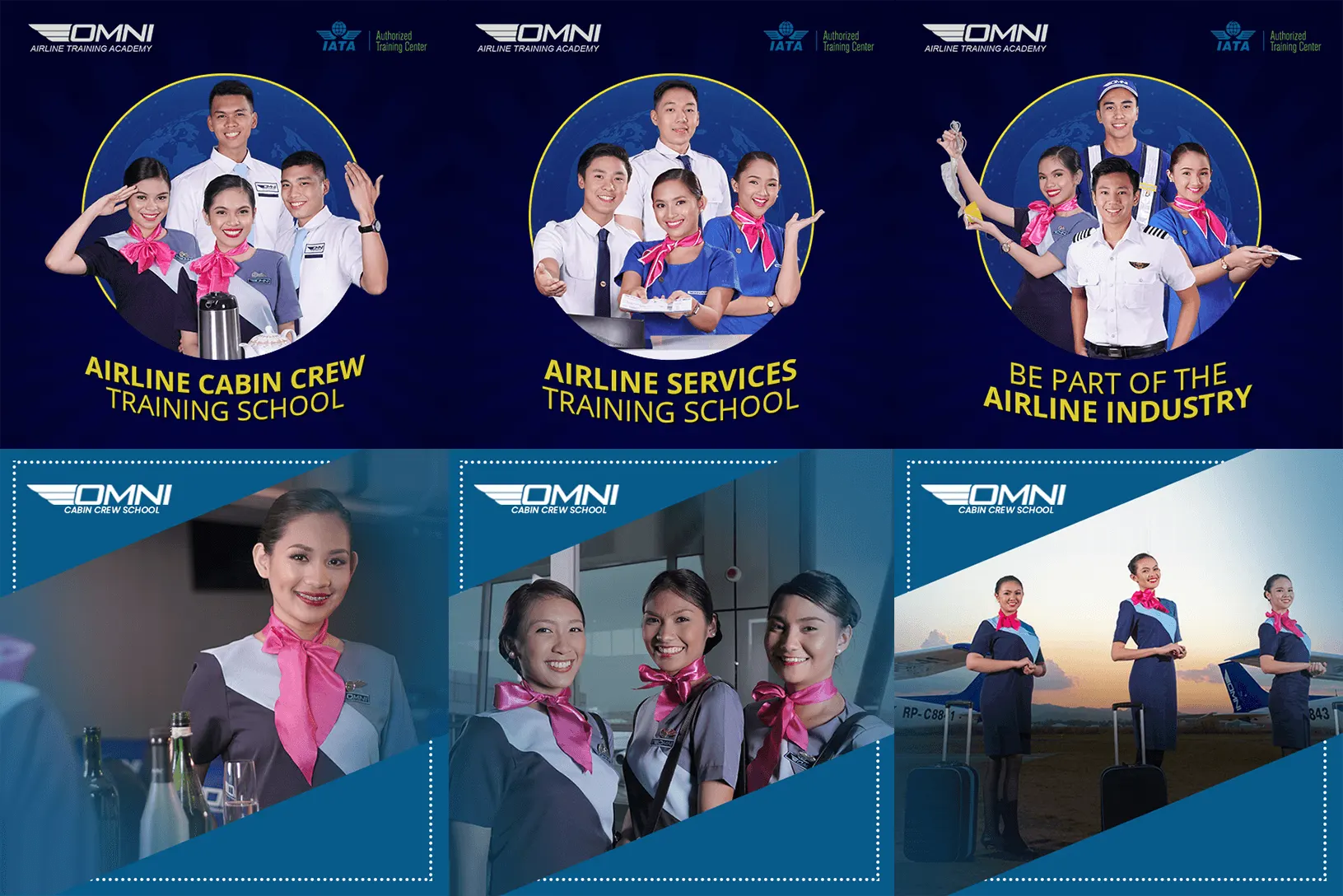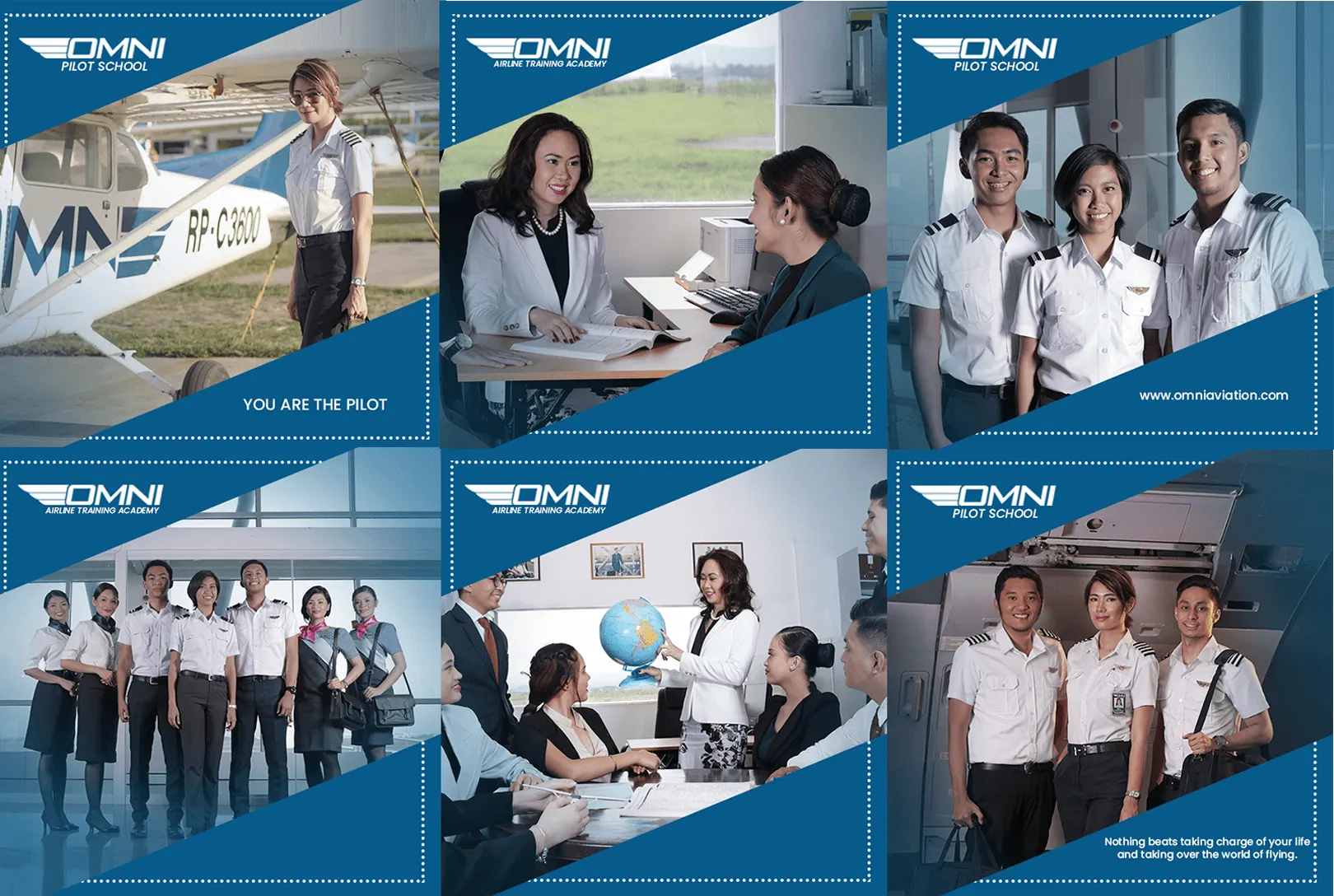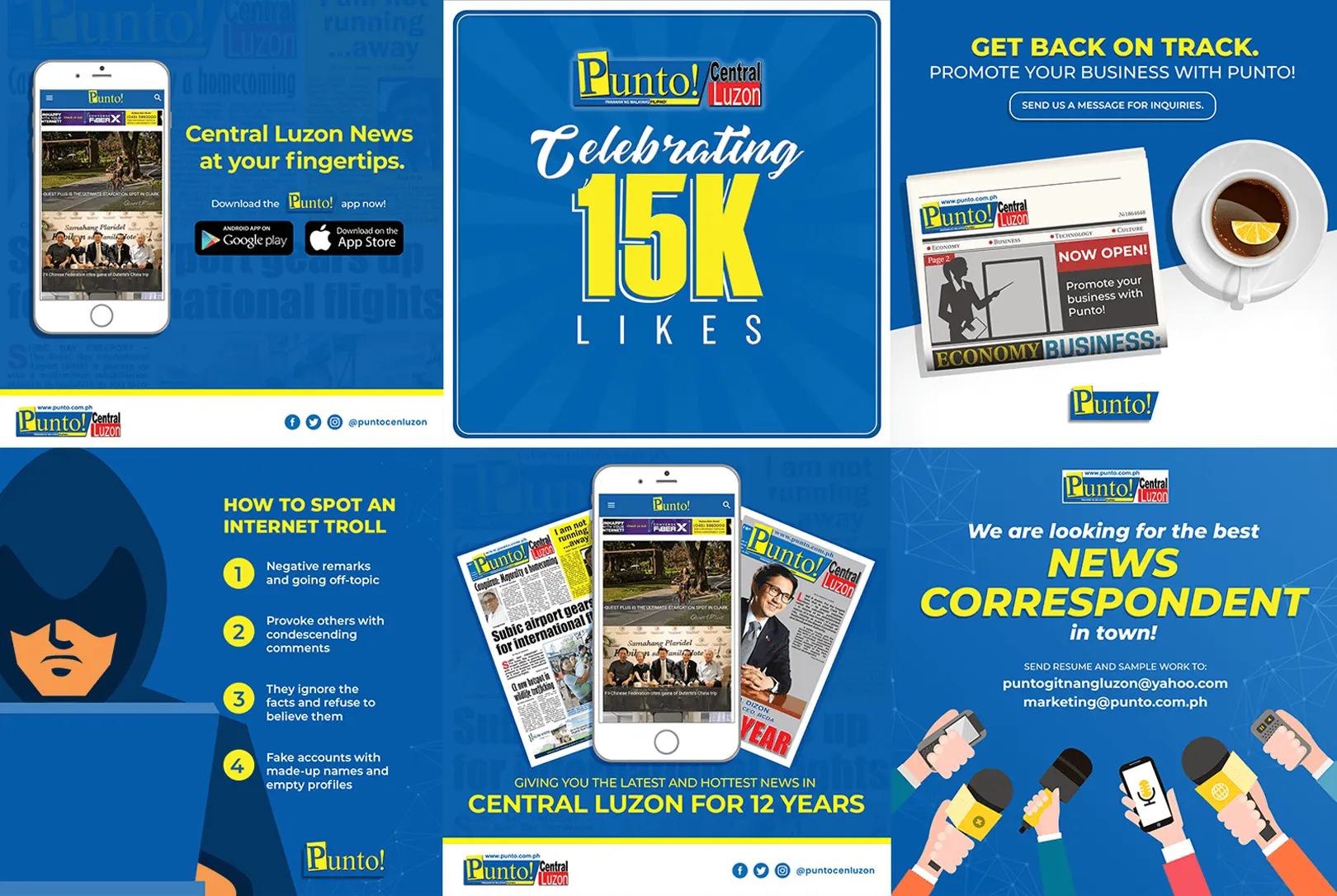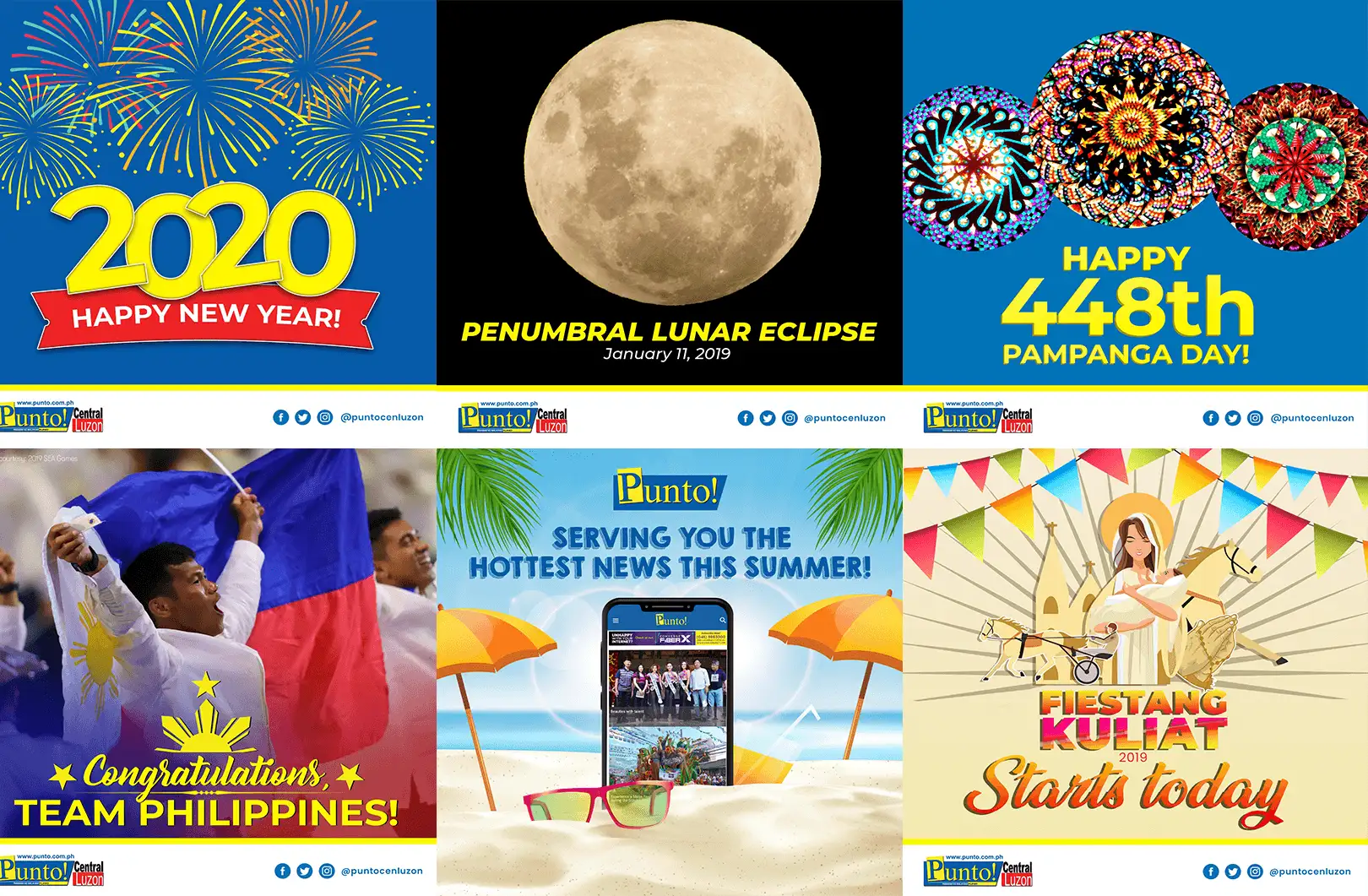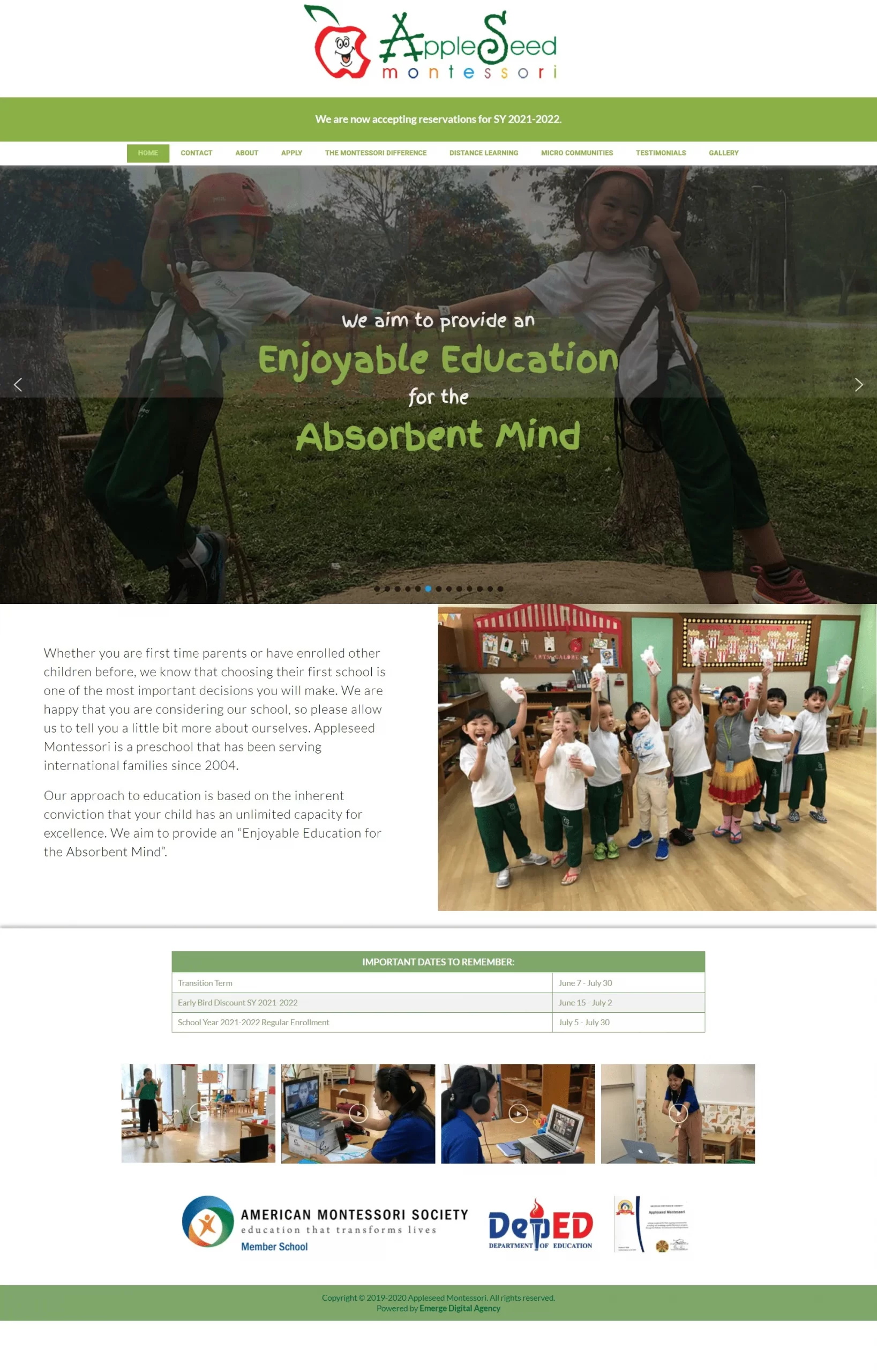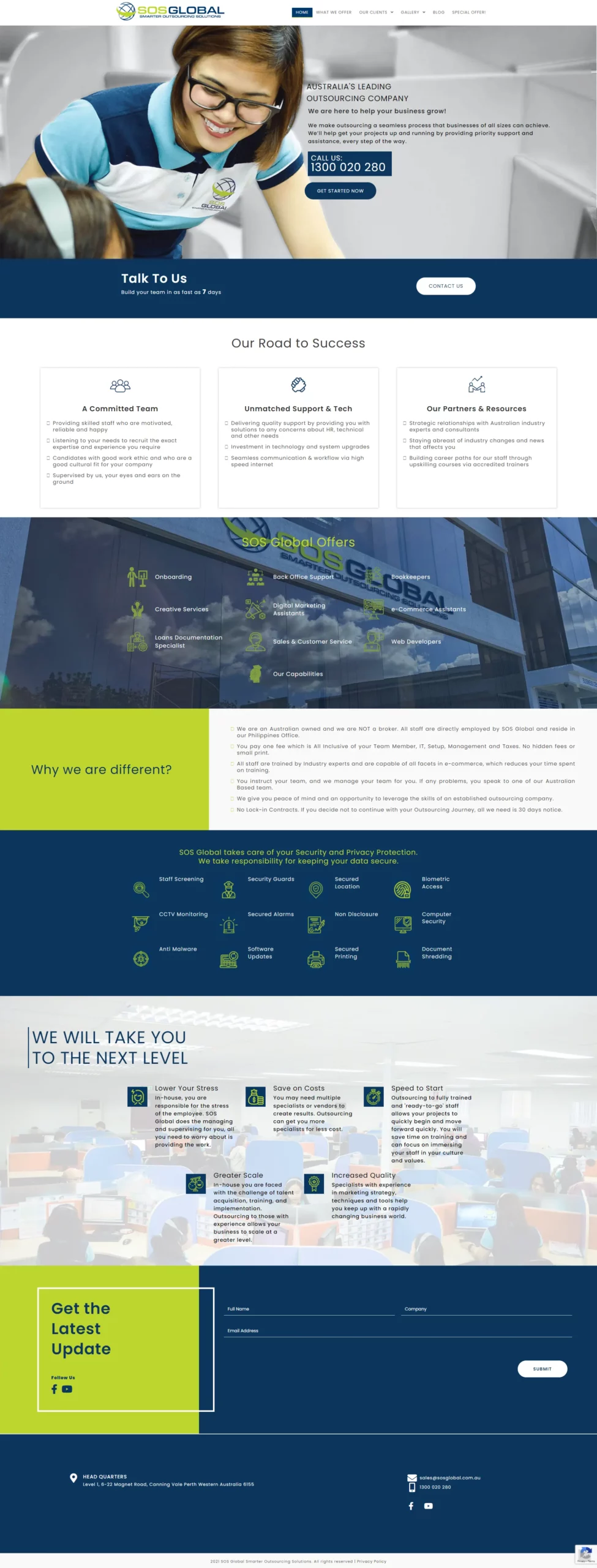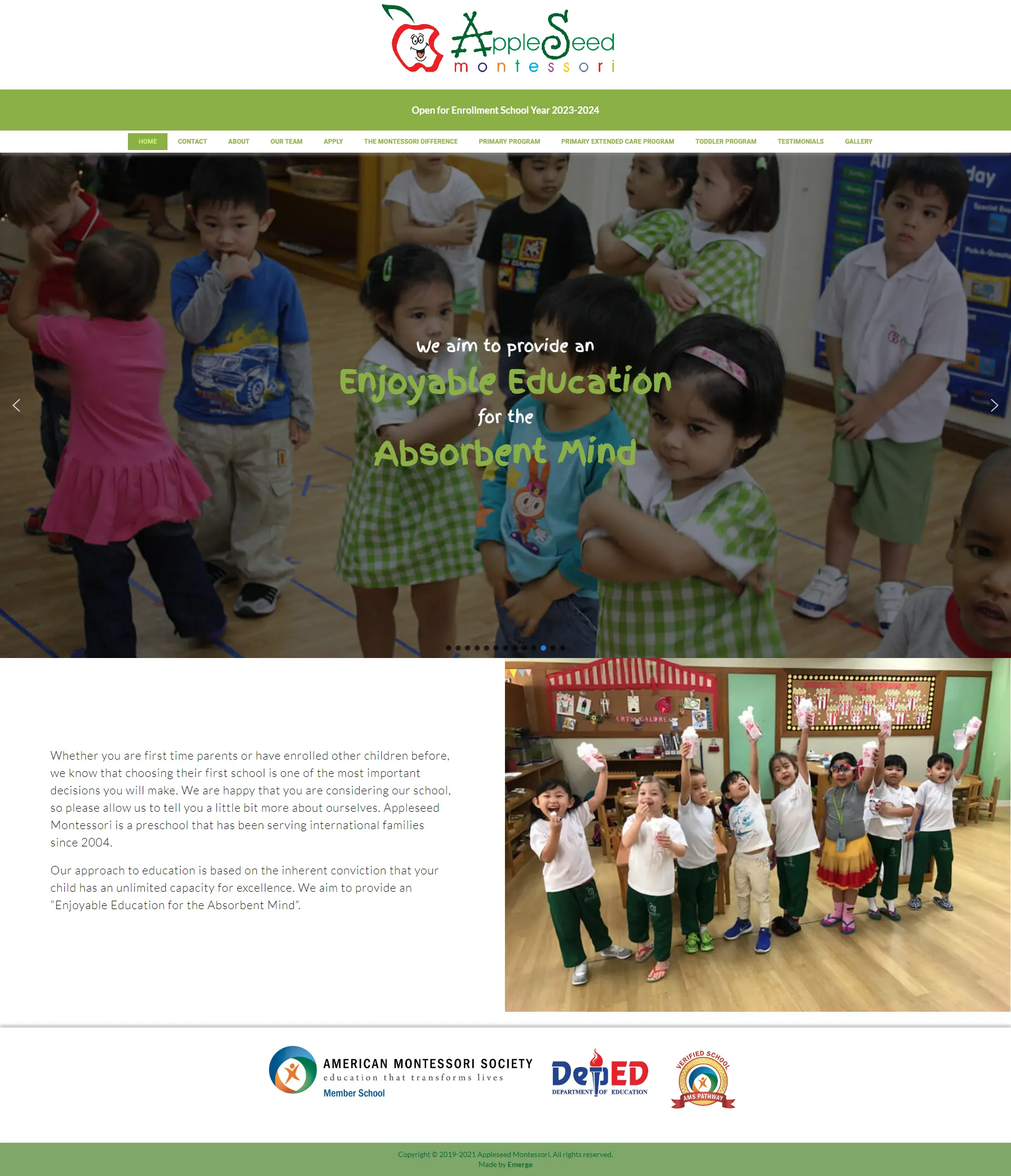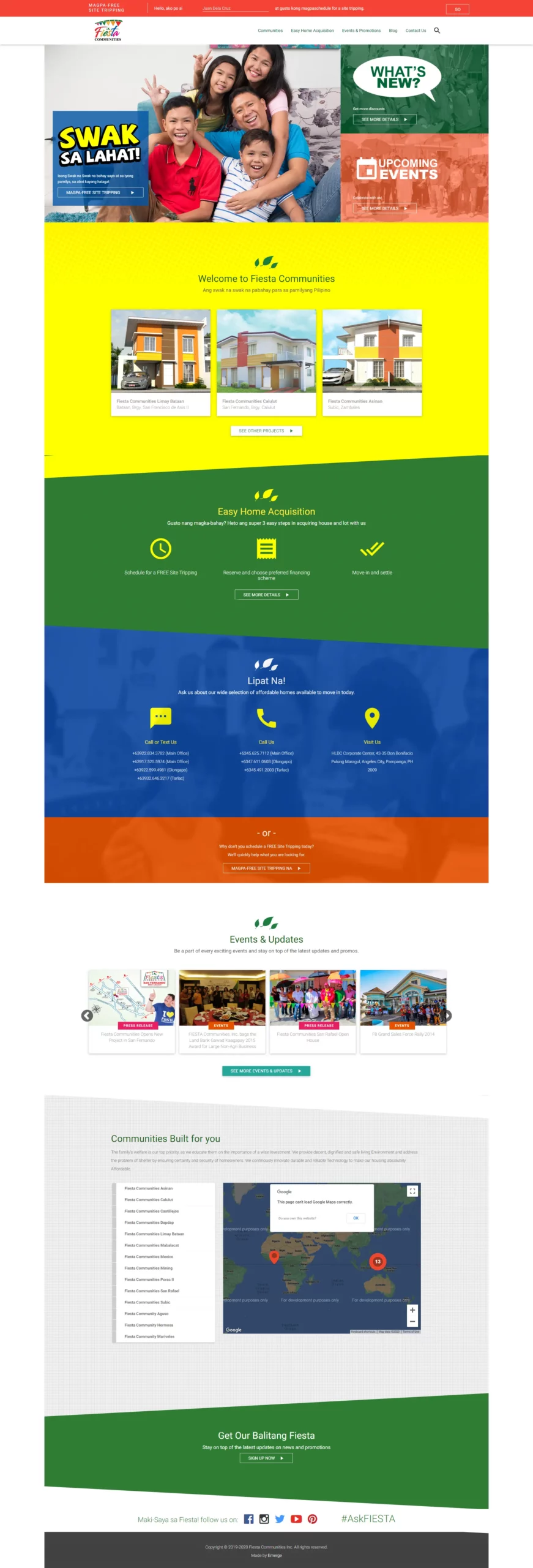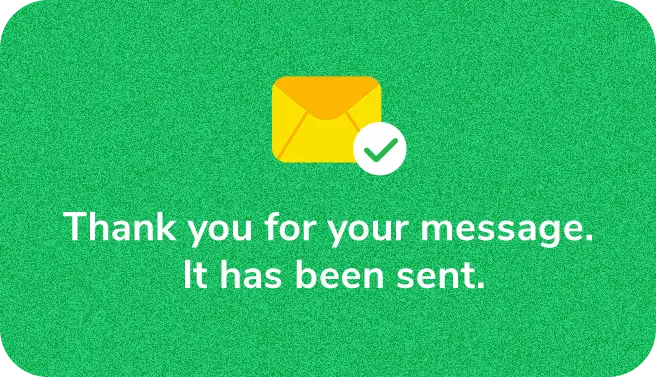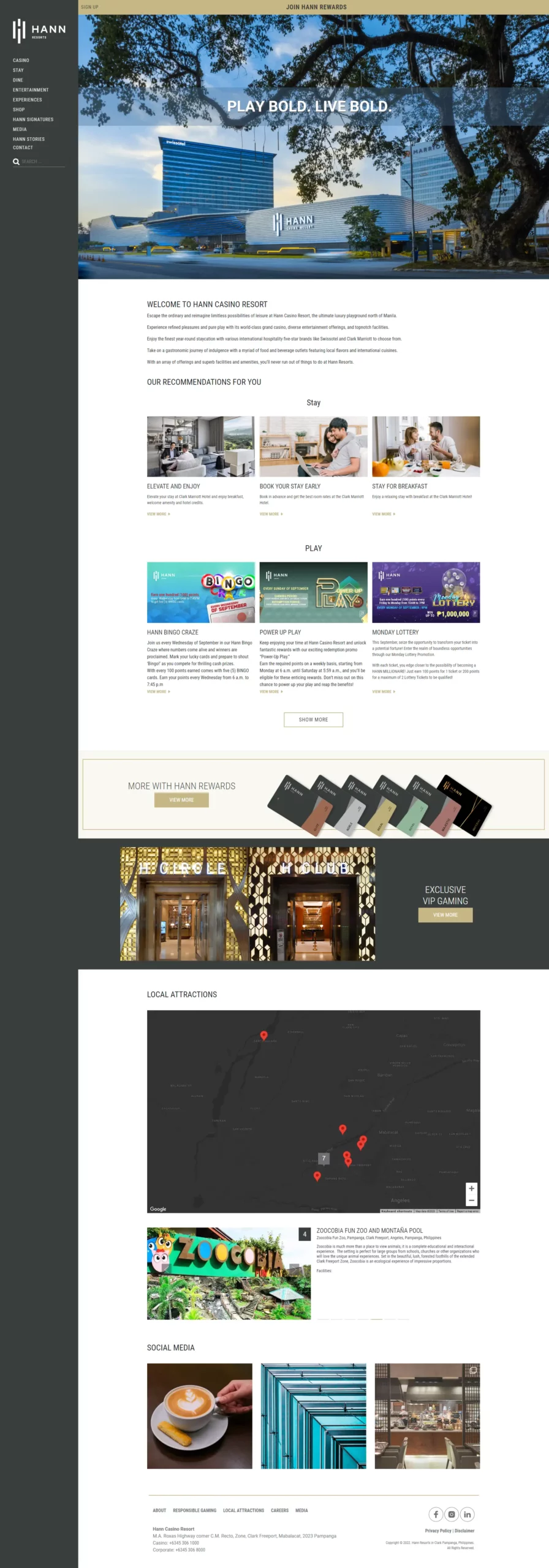Adapt Or Get Trapped: Making The Future Of Customer Experience Hyper-Personal In 2024 And Beyond
Chlarizel Dianne H. Pangan-Villa Agustin, Copywriter
“Hello, there [Your name]! Yes, YOU. You have just won a special treat — 15% OFF!”
“What have you been up to lately [Your name]?”
Have your customers or clients ever felt special reading these? Surely, getting such promotional messages with their names is good, but true personalization goes beyond those corridors. It should make them feel the VIP that they are — heard, understood, unique, and recognized — may it be through a chatbot, banner ad, or in-product message, among others.
This is where the power of HYPER-PERSONALIZATION emerges. It takes personalization to the next level of customer experience by creating custom and target experiences through AI, data, analytics, and automation.
Remember when McKinsey remarked in 2020 that hyper-personalization is “the new proving ground of customer care”? Our fast-paced era today positions it more accurately. Hence, the stark reality we face is: Adapt, or get trapped and left behind?
Here, we delve into why hyper-personalization should be at the core of creating Ideal Customer Profiles (ICPs) and how it leads to a much-improved customer experience.
Why does Hyper-Personalization matter now more than ever?
It has long been a staple in the fields of marketing and customer service to bring personalization into play. However, as our world becomes hyper-connected, customers crave and demand more personalized encounters that resonate with their preferences, needs and wants.
In a research study by Epsilon, 80% of customers are more likely to buy when brands offer personalized experiences — from being with them along their journey to spotting their pain points and desires.
Its impact is tangible. Take on board the story of Cadbury, wherein they leveraged their customer’s data to create hyper-personalized video ads. Upon utilizing their customer’s demographics and preferences acquired from their social media platforms, they garnered successful results: a 65% increase in click-through rates and a 33.6% boost in conversation rates.
Even Starbucks, YES. As part of its Digital Flywheel tactic, it utilizes a data-driven AI algorithm to send and disseminate a staggering 400,000 variants of hyper-personalized food and beverage offer messages to its customers — promoting unique and capturing offers for each. The result? Its marketing campaign effectiveness and revenue have increased not just once or twice — BUT THRICE, with an estimated 25% of the total transactions conducted via its mobile app. Other mammoth businesses, such as Amazon, Netflix, and many more, also boarded the hyper-personal train!
It is also essential to put forth the research of McKinsey, stating that a well-implemented hyper-personalization can yield notable upshots — with a 5x-8x increase in returns on investments (ROI) on marketing spend and a 10% or more growth in sales.
How can it help businesses? Here are the slowdowns:
It Exceeds Customer Expectations
A generic strategy, or a one-size-fits-all approach, does not cut it anymore, as customers of the present era opt for a tailored experience on their overall journey. When you hyper-personalize, it acknowledges their unique preferences, elevates their satisfaction, and fosters stronger brand loyalty.
Revenue Stream Booster
Across various industries, hyper-personalization continues to be a revenue booster, helping businesses rake in their profits and win in the competition.
Arms up as a Competitive Differentiator
If businesses want to stay competitive, they should remain hyper-personal, not just after closing sales but also up to creating customer connections that enhance engagement and drive conversion. Businesses utilizing hyper-personalization do not just survive — they drive and thrive.
Cements Loyalty and Trust
In the modern marketplace, trust is non-negotiable. Thus, when hyper-personalization is done just right, it becomes a trust-building tool, enabling businesses to genuinely understand the customers’ needs, wants, and preferences on a uniquely deeper level.
To remark, 62% of business leaders have witnessed customer retention as the top benefit of personalization.
Steers privacy concerns
Privacy is pivotal. And as marketers, striking a balance between the hyper-personalization of brands and the security of data is crucial, more importantly, in building long-term, fruitful trust.
How can hyper-personalization work?
In an analysis conducted by Deloitte, researchers have laid a nine-step hyper-personalization play guide designed to enhance the entire customer journey. The study underscores that while hyper-personalization approaches are not all the same, they can be used as a general framework.
- Advertising: The journey begins with the customer engaging in shopping. The customer is targeted with unique ads infused with personalized touches and a welcoming language.
- Landing pages: With the right hyper-personalized tools, a customized campaign can be seamlessly created, leveraging customer data comprehensively, including their previous shop visits, preferences, and the like.
- Recommendation engines: With the power of algorithms, data points are decoded, presenting more personalized services, content, and even product recommendations specifically made to a customer.
- Omnichannel customer service: Recognizing and connecting with customers across online and offline shopping platforms can be done with the help of enhanced databases and AI.
- Service chatbots: With the continuous harvesting of data, conversational AI tech or chatbox interactions acknowledge customer behavior and deliver personalized services.
- Dynamic pricing and offerings: Offers, promotions, and pricing are adjusted and changed dynamically from real-time customer insights. They are served based on their capability to convert. which effectively captures customer attention as it aligns with their individual purchase preferences.
- Pre-populated applications: To make the customer journey more seamless and swifter, the existing customer data can be utilized to pre-populate the needed processes, applications, or documents. This minimizes customer journey friction, as it enhances the process efficiency.
- Real-time product notifications: After customers make a purchase, they are notified about the product’s or service’s status, promotions, and even re-orders. This forms part of a hyper-personalized post-purchase experience.
- Loyalty programs and re-engagement: With customers’ historical data built upon their original and initial transactions, proper customer segmentation and enhancement of comprehensive data insights are done. This can then determine contextualized offerings and messages for long-term customer engagement and loyalty.
This may sound a bit multiplex and overwhelming, but we have all seen and experienced how simple it is in our day-to-day lives. Such as just a quick search on our favorite shop or browsing through movie apps or streaming services — these can all set off the algorithms that activate tailored recommendations straight to our push notifications, email threads, or inbox.
Where can you start?
Here are the three (3) key steps to improve customer experience through hyper-personalization, as per the findings from the research done by Deloitte:
Understand your Customers
First, customer needs should be identified. It’s no longer the demographics alone but rather a deeper stratum of customer data, such as behavioral, psychographic, and geographic, among others. According to a study run by Deloitte, such layers of information to better recognize customer needs could be gathered from first- and third-party data.
Analyze the latest state of data and invest in cutting-edge Technology
It is important to note that hyper-personalization alone is not enough. It would help if you had the right tools in the arsenal to deliver this at scale. AI, machine learning, appropriate data, and technology shall be the backbone of hyper-personalization. It helps you unleash next-level customer insights, customize offerings, and develop messages that can cut the mustard.
Craft the Roadmap to Success
It is essential to create a roadmap to decide what specific hyper-personalization element should be used at hand — including its when and how.
Demands of customers and organizations vary, and so do the hyper-personalization efforts. It should fit best and suit the brand image, customer connection, and industry.
Looking Ahead: Adapt or Get Trapped?
In a Garner study, it has been found out that various brands have risked losing 38% of their existing customer slate due to a craptacular personalization approach. Thus, with all the research, studies, and evidence at hand, this speaks volumes: that the future of customer experiences lies in the power of hyper-personalization.
The need to hyper-personalize is not just simply a to-do list or a checkbox but an indispensable formula that shall be injected into the business’ DNA. If you don’t want to get trapped, it’s time you ADAPT.
So, are you ready to go full steam ahead to elevate your customer experience with the power of hyper-personalization? Get your digital, hyper-personal ticket to success — at and with us —and let us take you to the next station of your business’s customer experience this 2024 and beyond.
Book a free consultation now with our experts!
